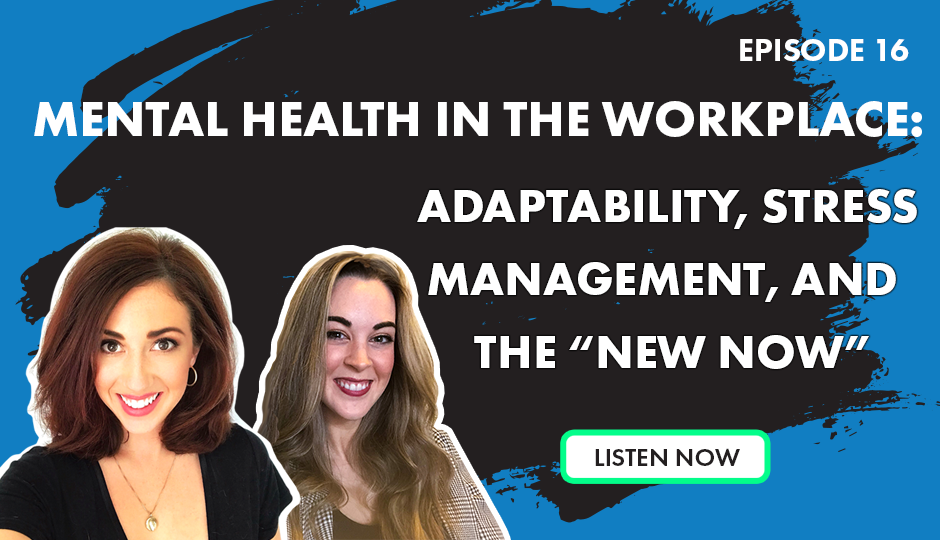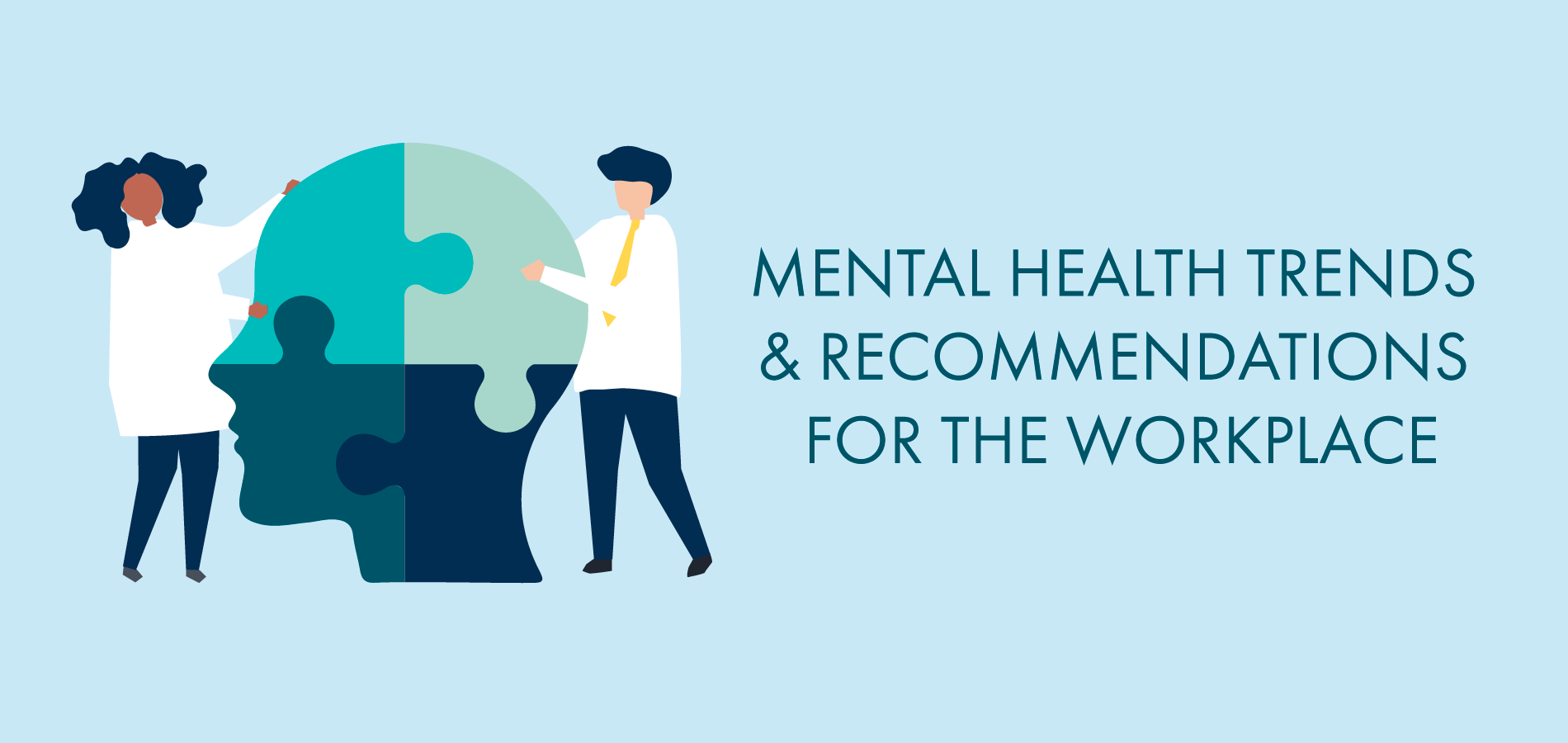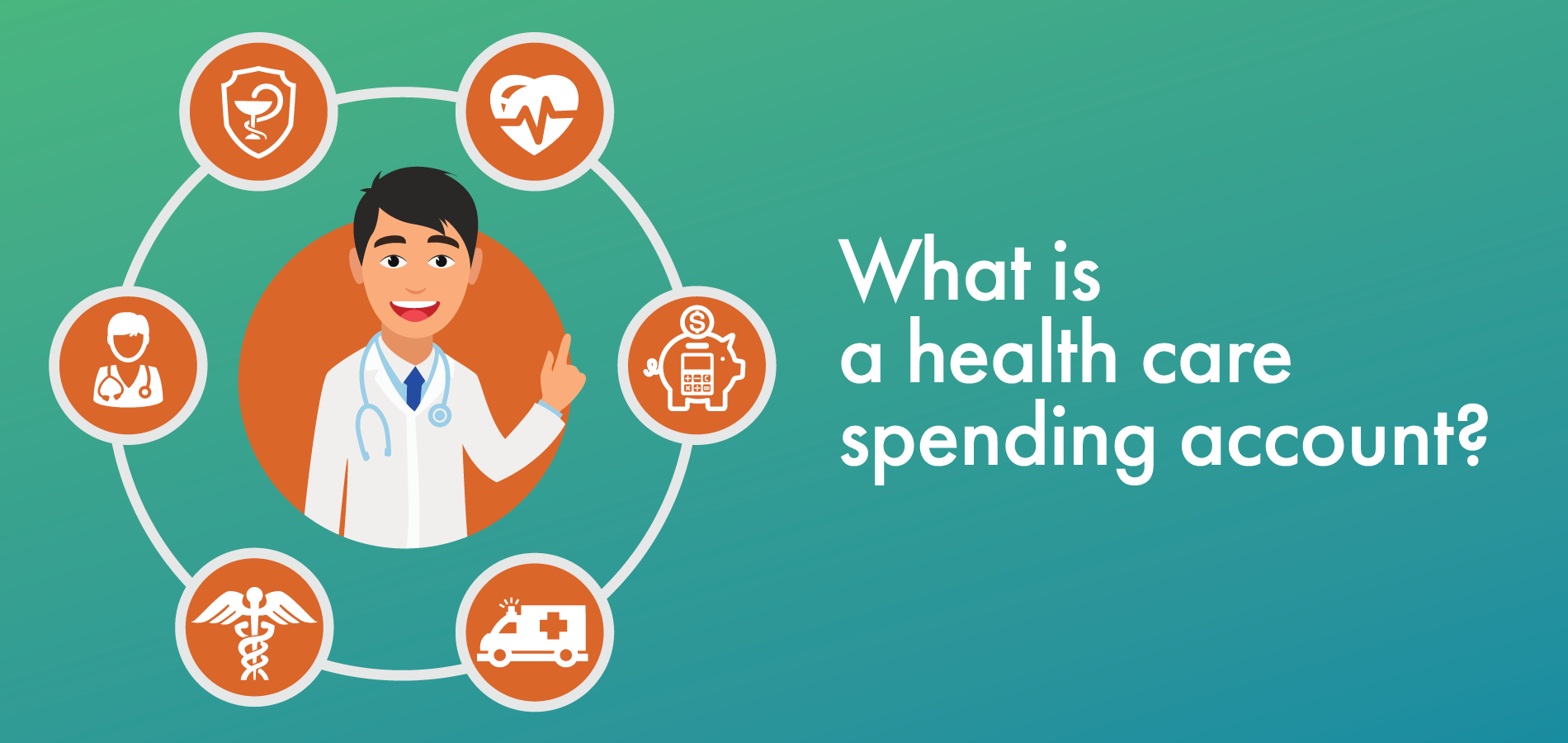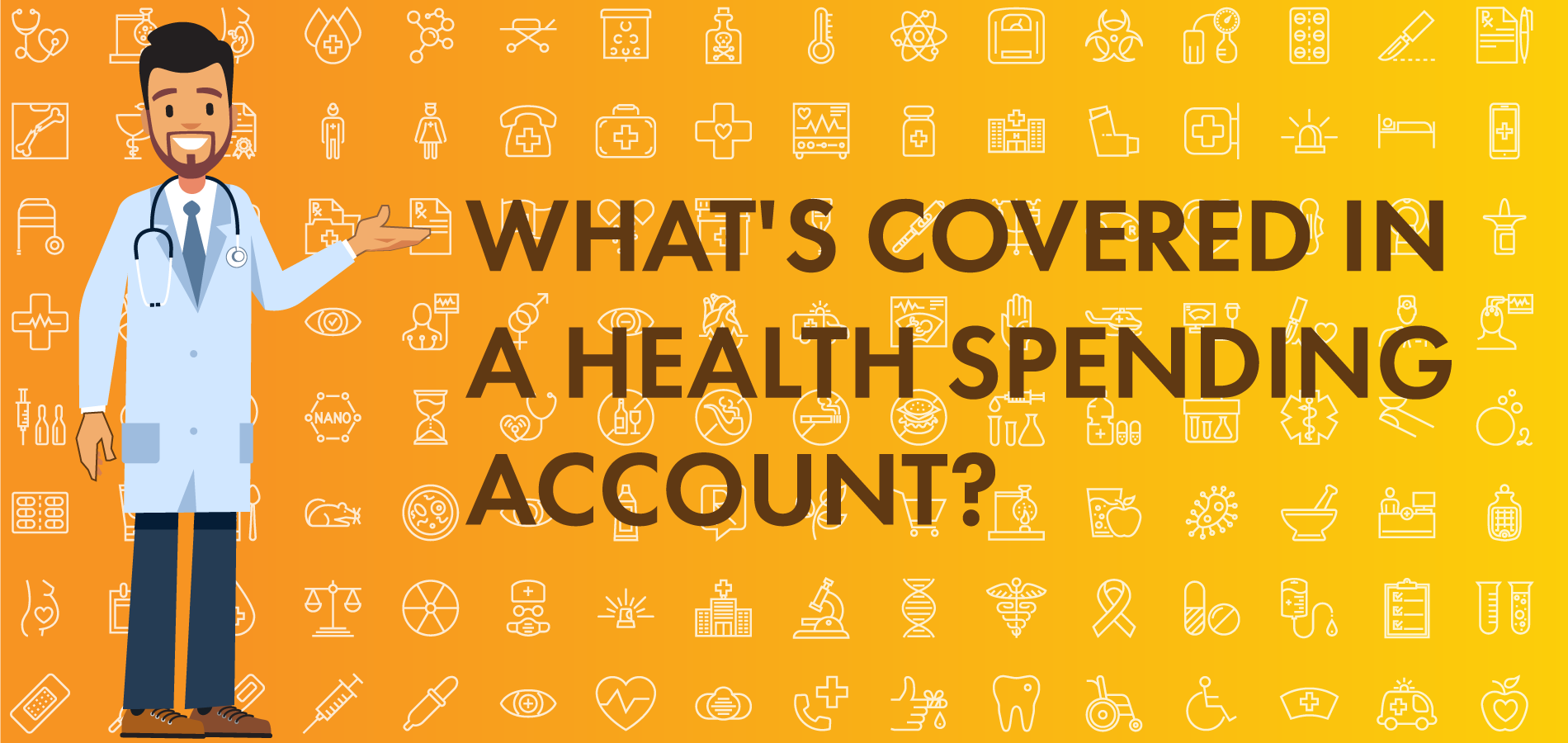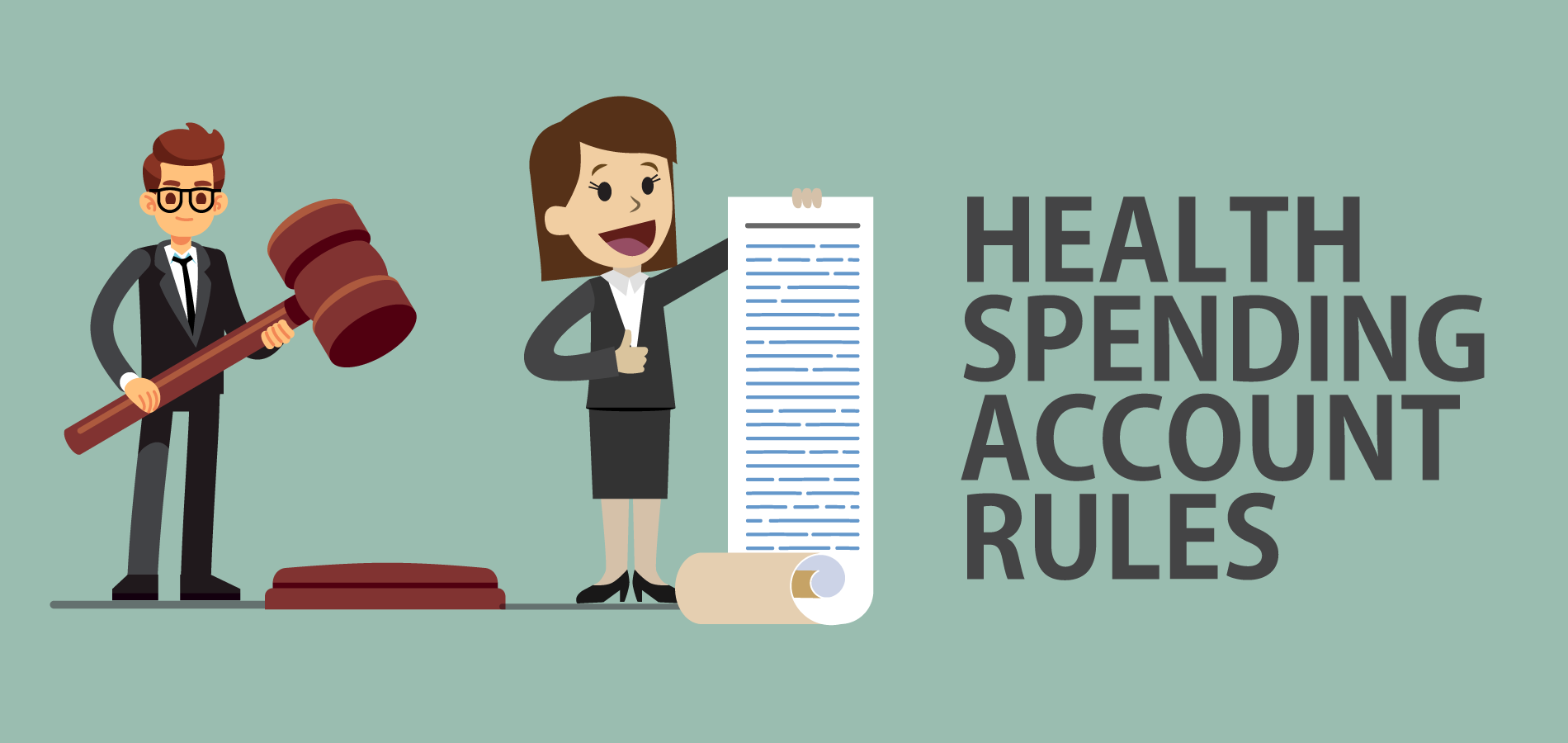How does long-term stress, or the anticipation of stress, impact our mental health? In this article, learn how the events of 2020 have impacted Canadians' mental health, what this means for the workplace, and what employers can do to help support their teams.
This article is taken from our podcast episode, "Mental Health in the Workplace: Adaptability, Stress Management, and the "New Now" - listen to the full episode by clicking here.
Morgan: With all that has gone on this year, are we seeing a rise in mental health concerns?
Keirstyn: Absolutely. We are seeing quite a sharp rise in mental health concerns right now, especially surrounding anxiety and depressive symptoms. We are seeing a lot of people turning to substances as a coping mechanism, which is obviously not the healthiest choice. We are seeing a lot more dependency show up in that area, and just the overall sense of unrest and anxiety has been really high. We have noticed a lot of increases in the services that are being accessed. A lot of people are self-reporting that their mental health is suffering through this time in our world. There is actually an emergency hotline in the U.S. that reported a one thousand percent increase of their services compared to the year previous. So that kind of just gives us an idea of how much people are needing this support and needing to feel that connection piece and get some assistance on their journeys.
Morgan: Is there anything else in particular that mental health workers are seeing more of? I was wondering, too, if you could discuss the types of services people are accessing more of?
Keirstyn: We are seeing an increase in reported feelings of anxiety and depression. A lot of that is related to the increase in social isolation, or that fear of contagion. There has also a been a big change and shift in the support systems as I mentioned, with the organization I work with, it has been going from an in-person environment to a virtual environment. We are seeing a lot of people adjusting to getting online. There are different barriers to that as well, as not everyone has the same access to technology. So the supports that are available are changing as well.
We are also seeing an increase of symptoms in our youth populations. They are having more irritability, difficulty focusing, restlessness, and nervousness. We are seeing that in quite young children. The stay-at-home measures have also heightened the risk and the suffering of people who experienced violence and domestic abuse. And so we are concerned about that obviously as well. As these restrictions are starting to lift, that is helping alleviate that particular problem a little bit. But we are still seeing these effects. We will probably see these effects just continue to be compounded as it sometimes takes our minds a little bit of time to catch up to what is going on around us. So we may be suffering right now, but may not be fully tuned in to that suffering. So it is about really having that awareness of where your mental health is at and doing what you can.
We are also seeing a lot of psychological trauma that is coming up. There are some researchers that are looking into creating a “pre-traumatic stress disorder” diagnosis for the DSM-5 because we are living in this time where there is always this kind of this imminent idea of trauma or loss, that is causing people to show some of these PTSD symptoms before actually experiencing the trauma. Which is a whole new thing that we have not dealt with in the mental health world before.
Morgan: I wanted to circle back to a comment you just made there. That comment of the mind catching up, that completely rang true for me. I felt like at the beginning of this there was a lot of denial and I saw that with a lot of people. Then suddenly two weeks later, we were all in - wearing masks, staying at home. It was almost like our mind just caught up all of the sudden.
Keirstyn: Yes, and we really are in a time of grieving right now. There is the Kübler-Ross grief cycle, which shows us that the first stage is that denial stage, right? That is why we are having those feelings of avoidance, confusion. We are feeling shock and fear. Then slowly, we start to transition through these phases. The next one being anger, where we start to see that anxiety, irritation, and frustration coming out which I think a lot of people really experience that quite intensely with not being able to go to work or having their lives just really upended. And things that they were maybe looking forward to, having to be rearranged or canceled.
Then we kind of go into that bargaining phase, where we are working to find that meaning again. We are reaching out to others. We are looking for those supports and that is kind of one of the dips in the cycle.
Then we go into the depression phase where we are feeling more overwhelmed and helpless. We tend to have that 'fight or flight' response, which I think quite a few people are in that stage right now.
Then we get into the acceptance phase where we are going through exploring our options, creating a new plan. We are trying to move forward with things.
I think as we are seeing the reopening happening across Canada right now, it's important to note that these stages are fluid. We can go back and forth between these stages. Which I think is why it is so stressful for our mental health right now, that there is not that consistency and there is not that certainty.
Morgan: I wanted to move into a bit of talking about specifically in the workplace. So, some people have been working throughout this. Some people will not be going back to the office at all this year. And some are sort of transitioning back. In the context of workplace mental health, are there any trends that you are seeing?
Keirstyn: Yes, absolutely. I think again that depression and anxiety is showing up quite strongly. A lot of people's livelihoods have been impacted by what we are going through right now. That is a huge life change. When we look at the major life stressors that cause mental health concerns, surrounding the financial stability and job stability, that is one of the highest-rated things that we can go through as one of those impactful events in our lives. So, when we are starting to feel that instability in our workplace and dealing with all these changes, there are a lot of adjustments. Even if you are working at home and you are still employed, there is learning how to create those boundaries between work time and personal time. Where does your workspace end and your home space begin? There are challenges wherever you are at. There is a fear of going back to the office for a lot of people because of the unknown. Because we do not have a treatment yet for the virus. It is just a lot of uncertainty and, as human beings, uncertainty is very scary. It is something that we have trouble dealing with as well.
Listen to the full episode:
